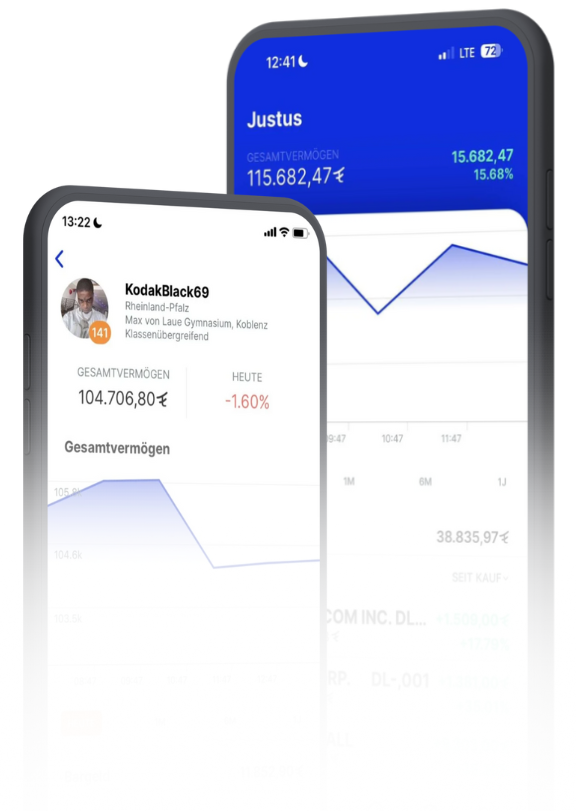4.11
Quiz
4.10
Conclusion Understanding risk and return is crucial for any investor aiming to navigate the financial markets successfully. By grasping the different types of risks, how to measure them, and the intricate relationship between risk and return, investors can make informed decisions that align with their financial goals and risk tolerance. Key Takeaways from this week: […]
4.9
The Risk-Return Trade-Off Managing risk involves several strategies: Diversification plays a crucial role in managing risk. By spreading investments across various assets, you reduce exposure to any single asset or risk. It’s like not putting all your eggs in one basket. If one investment doesn’t perform well, others might still do okay, reducing overall volatility […]
4.8
Measuring Risk: How can I know how much Risk i Am taking? Measuring risk can seem tricky, but here are some simple ways to get started: Volatility: This is how much the price of an investment goes up and down. High volatility means higher risk. Think of it as a rollercoaster ride—more ups and downs […]
4.7
Types of Investment Risk Investing in financial markets is inherently accompanied by a variety of risks, each with its own characteristics and implications. Understanding these risks is crucial for making informed investment decisions and effectively managing a portfolio. Here are the primary types of investment risk: Market Risk This is the risk of investments declining […]
4.6
The Concept of Risk In the world of finance, risk is the chance that the actual return on an investment will be different from what you expected. This includes the possibility of losing some or all of your original investment. However, risk isn’t just a potential for loss; it can also represent an opportunity for […]
4.5
Practical Tips for MonitoringYour Investment Returns Regular Reviews: Establish a consistent schedule to review your investments, such as monthly or quarterly. This helps you stay on top of your portfolio’s performance and make timely adjustments. Use Online Tools: Take advantage of the various tools offered by investment platforms to track and calculate your returns effortlessly. […]
4.4
The Power of Compound Interest One of the most powerful concepts in investing is compound interest. Compound interest is the interest calculated on the initial principal and also on the accumulated interest from previous periods. It’s often described as “interest on interest” and can lead to exponential growth over time. The frequency with which interest […]
4.3
Understanding Your Investment’s True Value: Nominal vs. Real Return When you invest money, it’s important to understand the difference between nominal and real returns, as they can significantly affect your financial planning and decision-making. Nominal Return Represents the total money earned on an investment without considering the impact of inflation. For example, if you invest […]
4.2
What We All Expect – A Return! When you invest money, you’re looking to earn a return—essentially, how much you make or lose over time. Here are the main types of returns you need to know about: 1. Capital Gains What It Is: You obtain an additional amount from selling an asset for more than […]





